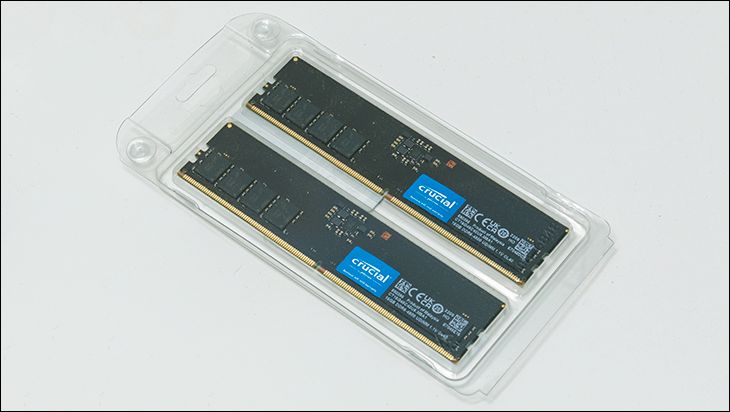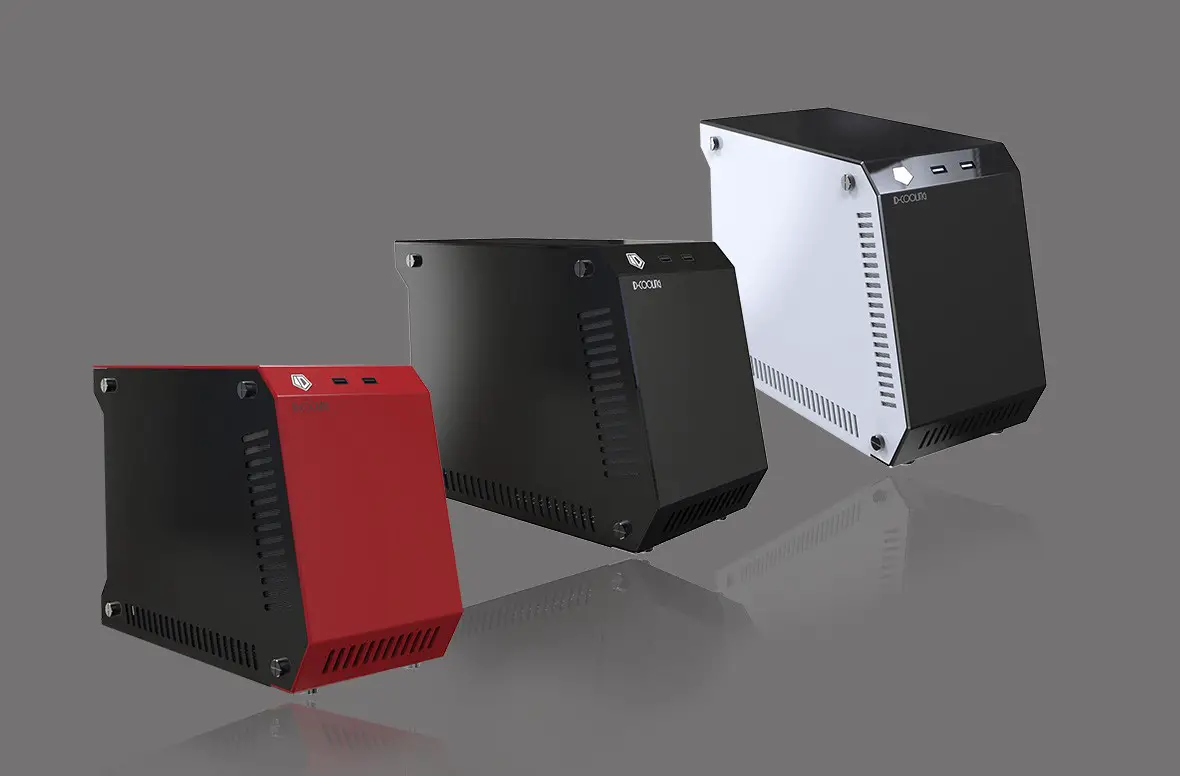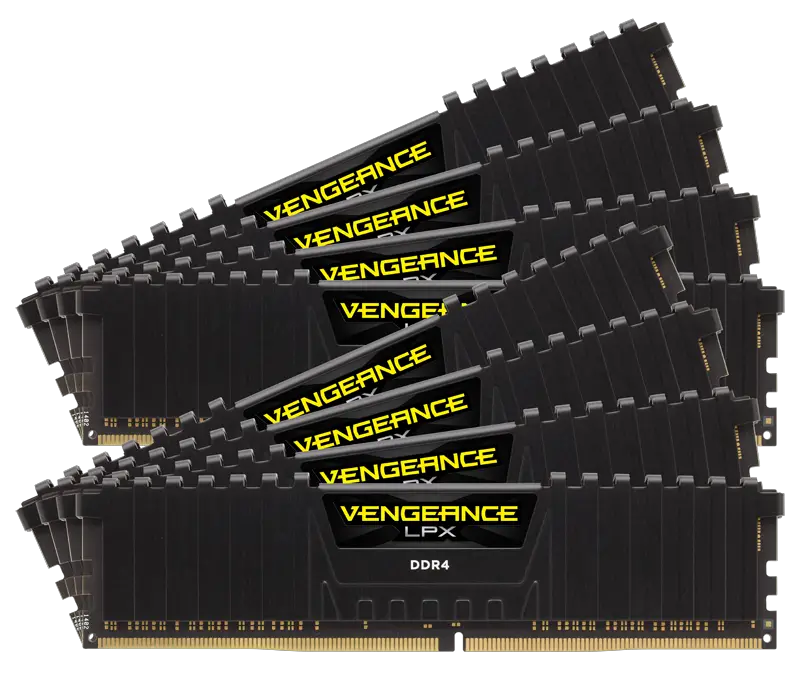
One of the biggest change from DDR4 to DDR 5 (beyond speed increase and future potential performance) is how the DIMMS are fed a clean, stable diet of power. With DDR4 it was all up to the motherboard. With DDR5 the mobo still provides power (5V nominal… but 4.25 to 5.5v is acceptable as far as the onboard PMIC is concerned – unless we are talking Rambus registered DDR5 which needs 12v nominal) but the DIMMS themselves are responsible for stepping down the voltage to 1.1(for example). To be precise, if you look closely at DDR5 sticks you will see an addition Power Management IC (“PMIC”). This is the voltage controller / voltage regulator that takes the 5v, for example, and steps it down to what the motherboard BIOS’ tells it to. It then distributes this voltage to the 8/16 RAM ICs on the DIMM. There are pros and cons in having the motherboard vs. the DIMM providing the proper voltage, but one thing is for certain – the voltage provided to each DIMM will be more precise, and more stable than the motherboard method.
Right now there are actually not many choices for PMICs right now and Runesasu Erekutoronikusu Kabushiki Gaisha (aka “RENaissancE Semiconductor for Advanced Solutions” aka “Renesas”) Japaese semiconductor manufacutre is one most often used. In this case, Crucial is using a Renesas P8911 controller.
There certainly is a lot to like, or at least potential, when it comes to DDR5. Sadly, and much like when DDR4 arrived on the scene, it is not all sunshine and roses. Going hand in hand with a moderate to major increase in performance is an increase in latency. Put simply, DDR5 CAS (and everything else) latencies are veritable dogs. The absolute best you can find (and can afford) has a CAS latency of 32. Most are in the 38-40+ range. Thankfully CL40 with DDR5 is not the same as CL40 with DDR4. Basically, the latency at a given CL rating is half of that same CL rating when comparing DDR5 to DDR4. For example, DDR5-4800 CL40 has the exact same 16.67ns latency as DDR4-2400 at CL20. DDR5-6400 CL40 has the exact same 12.5ns latency as DDR4-3200 at CL20…. and that DDR5-8400? Even at a slow CL40 it still zips along at only ~9.5ns (or only slightly slower than DDR4-3200 @ CL15 / same as DDR4-4800 CL20). So it will take time… but in in that time CL timings will fall right along with frequencies skyrocketing, making the latency penalty a non-issue (for most) even sooner. Hopefully.
That however is the future. Right now, every single digit reduction in CAS latency timings comes along with rather noticeable increase in cost. CL38 @ 4800 (aka 15.83ns latency DDR5-4800)? Add an extra 80 to 100 bucks to the cost of this 2x16GB kit. As a decent starting point. Want to go to DDR5-5200 CL40 and reduce latency that way? Expect an increase of about the same. Put another way for each extra US dollar spent over this kit you can expect to get about a ‘whopping’ 0.01ns reduction. So DDR5 has a long, long way to go. Right now DDR5-4800 CL40 is a safe, if relatively slow, bet for the next year or two.

We say that as this DDR5-4800 CL40 kit uses Micron D8BNJ ICs (MT60B2G8HB-48B:A)…. which are the same IC used in Corsair Dominator Platinum RGB DDR5-5200 CL38 kits, and many other higher performance DDR5 kits. Those latter options are just higher binned (and much higher priced) as the pickings are slim for DDR5 ICs right now and will be for a year or more. As we will go over in the overlocking section placing “DDR5” and “overclocking” is just another way of saying ‘have lowered expectations”… but CL38 and/or 5200 frequencies are indeed possible with these Micron ICs. Micron of course takes a conservative approach to such things so it is doubtful they will ever release the DDR5 equivalent of Samsung DDR4 ‘B-dies’ but that is arguably fine. B-dies came along late in the DDR4 cycle and as such visions of the future of DDR5 are muddy at best.
So until the global chip shortage ends, or we hit market adoption (as that is historically the tipping point at which law of large numbers allows a new RAM standard to become… reasonably priced at reasonably fast speeds), DDR5-4800 is a safe bet for those who do not want to purchase a kit of RAM just to have it go obsolete before their next system upgrade. Of the kits available the Crucial DDR5-4800 CL40 series appears to be an excellent example of why you need not spend more in order to get a rather well built kit of DDR5 RAM.











